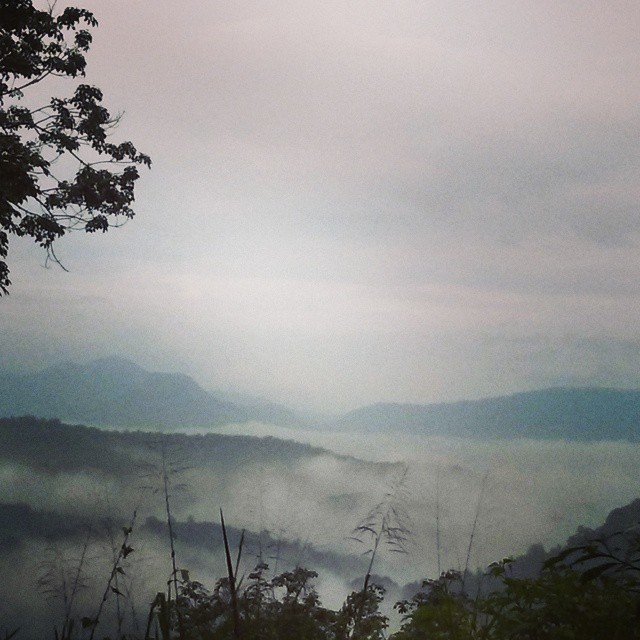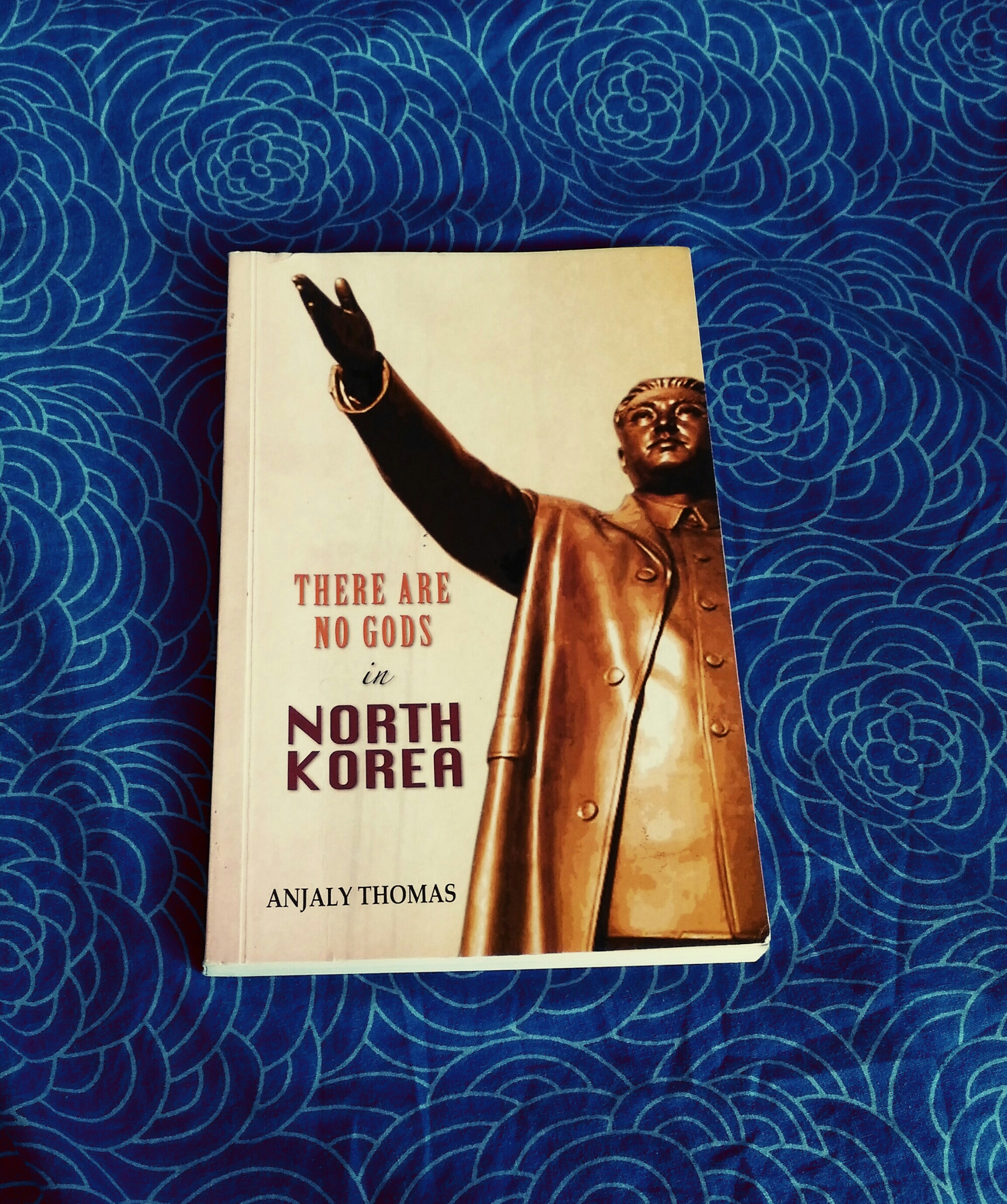https://www.instagram.com/p/BT8FcmIF0pV
This article was first published in The News Minute on 21 May 2017.
Book: Current Show
Author: Perumal Murugan
Publisher: Penguin Books
Translator: V. Geetha
Pages: 186
There is a scene in the television series Breaking Bad where brother-in-law cop Schrader is brewing beer in his garage. I knew right away that he would hurt himself while capping the bottles. Because Perumal Murugan wrote about the dangers of bottling soda in his book Pyre. The spell Murugan casts gives me the ability to consider the realities of his characters as my own, though it is far removed from my reality.
Who knew that there was joy in the glint of a soda bottle well-washed or the artful perfection of bottling soda until Murugan told us so? In Current Show, he made bile rise to my mouth with similar ease as he describes the theatre grounds squishy with stale urine. When he talks about the crowds for an MGR movie, I could feel the stickiness of sweat against my clothes and the push and shove of being in that crowd.
Sathivel is a poor, young soda seller at an old theatre past its prime. He sells colour soda during the interval and spends his free time with the other theatre boys, doing odd jobs or smoking ganja. Including their next meal, there are few certainties in life for the boys to rely on. Sathi’s friendship with Natesan is one of his certainties. They look out for each other, sharing food and cigarette butts. These boys are willing to get into fights, steal slippers off cine-goers, sell tickets in black and to do the bidding of anyone who will give them money, food or drugs. This is where we begin to see how poverty changes their worldview.
Their lives are without prospects. Lives lived in such abject poverty that dreams are as distant as three full meals. They live in the moment without an eye on the future. Understandably, Sathi and his friends spend all their income on instant, short-lived highs — tea, bidis or drugs. He is defined by his antipathy, an aversion to everything around him. Except Natesan. Their friendship is the silver lining that keeps Sathi going. The turn of events shakes up Sathi’s life and its certainties.
Published in Tamil as Nizhal Muttram in 1993, it was translated into English as Current Show by feminist historian V. Geetha. Though the setting of this novel is in a Tamil cinema theatre, V. Geetha does not transliterate Tamil songs. By staying clear of Tamil words in the text, she elevates the story out of its immediate surroundings, giving it universality. Together, Geetha and Murugan make us experience the heat of the Matinee show — ‘sky is white with heat’ — and the cool darkness of the theatre — “A sharp black knife of darkness greets the soda-man when he comes into the room” — with skilled ease.
V. Geetha’s translation shares Murugan’s alchemy, stringing sentences into experiences. Describing the child playing with the cigarette pack that falls out of Sathi’s pocket and its ability to be consumed by inane things, Geetha says, “Its world shrinks into the pack. The child does not look at Sathi anymore.”
Simply by descending from words like warmth, smooth and happy to die and demon, Geetha takes us to the coldest depths of Sathi’s heart in the chapter His Nose Has Been Eaten Away to a Hollow. Sathi, sleeping under the stairway hears a voice calling out his name. “He feels himself melt in the warmth of that voice. It is smooth and this makes him absurdly happy. He needs nothing, the voice is enough. It can break him down, make him do things.” It’s his father, a leper. Sathi does not want to be seen with him for fear of what the others will say. “Why can’t the old dog die? Why does this demon-father pursue him like this?” he rues. Though he almost shoos his father away, Sathi is quick to thaw when Natesan treats his grandmother poorly when she brings him food. Sathi offers her money and looks at Natesan with contempt baring his double standards and his tender heart.
As the plot progresses, modernisation is on its way to this small town with a new theatre in the works. It threatens to uproot their livelihood in a way they don’t quite understand. It’s the calm before the storm when most of the theatre-folk still believe that the new theatre will co-exist with theirs and not run them to the ground. This naivete also makes for a perfect breeding ground for exploitation. In lieu of providing a roof over their heads and a job, the owners of shops around the theatre take advantage of the boys’ ignorance. The film-reel man even manipulates Sathi with emotions to meet his sexual desires.
Murugan handles the confusion of adolescence with a clarity that is achieved only with hindsight. Whenever Sathi smokes up he thinks that he should give up on the theatre and take up the soda-man’s offer to help on his farm. But he likes the excitement of the theatre.
This is a novel about the uncertainties the young feel. We have all been there. The feeling of being trapped in your own condition. The need for change in a place that has never seen change. The frustration of living an unchanging life everyday. Not having the wisdom to see that this is not forever. This is just the current show.
Current Show will force you to pause and ponder on the impermanence of our experiences. It will make you involuntarily sending up a prayer in gratefulness. Pick up this book on a day when you feel that you’ve been dealt a bad hand.
Are you a Perumal Murugan fan? Read my review of Murugan’s Pyre here: May the Pyre Singe Some Sense Into You

